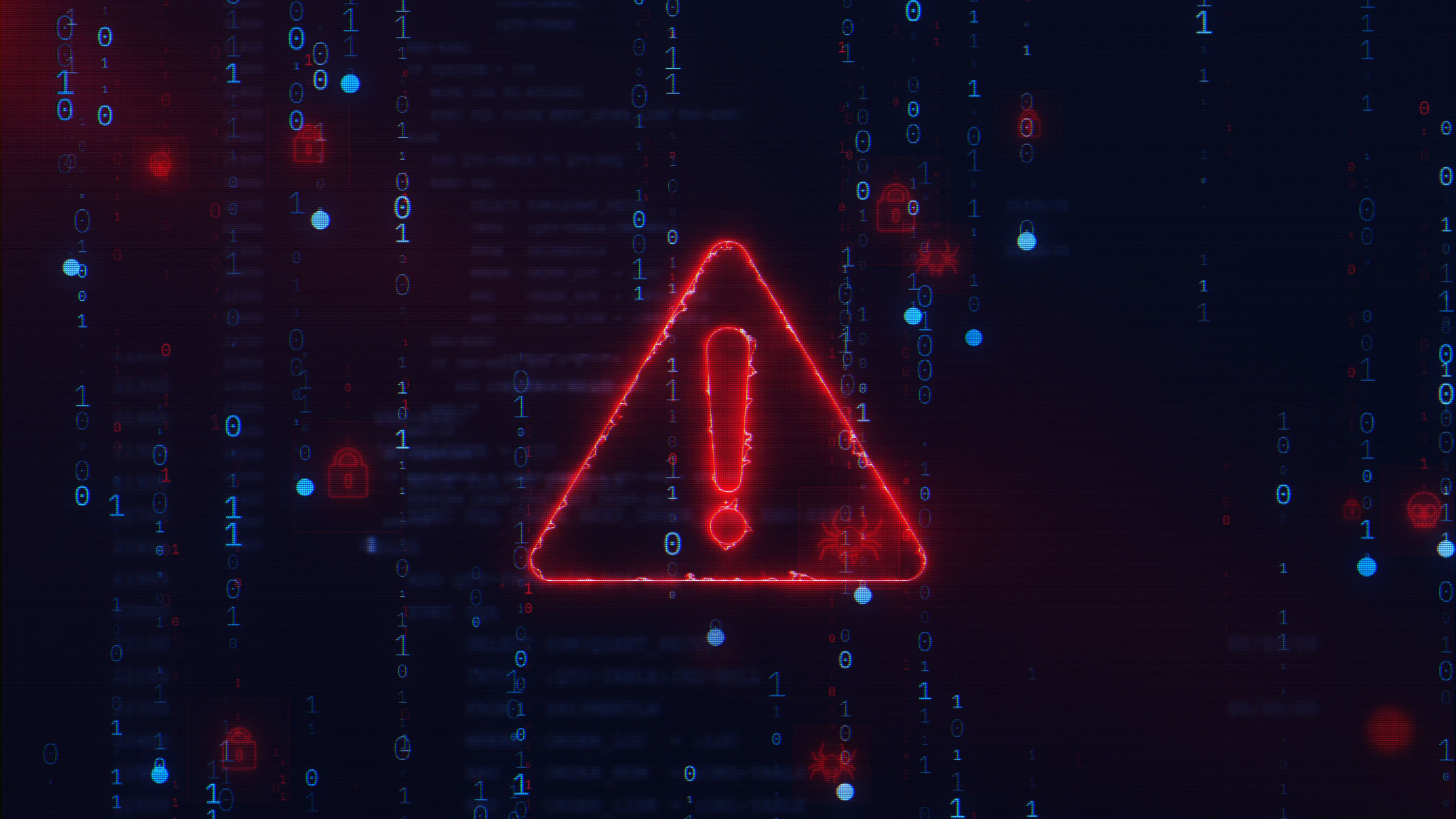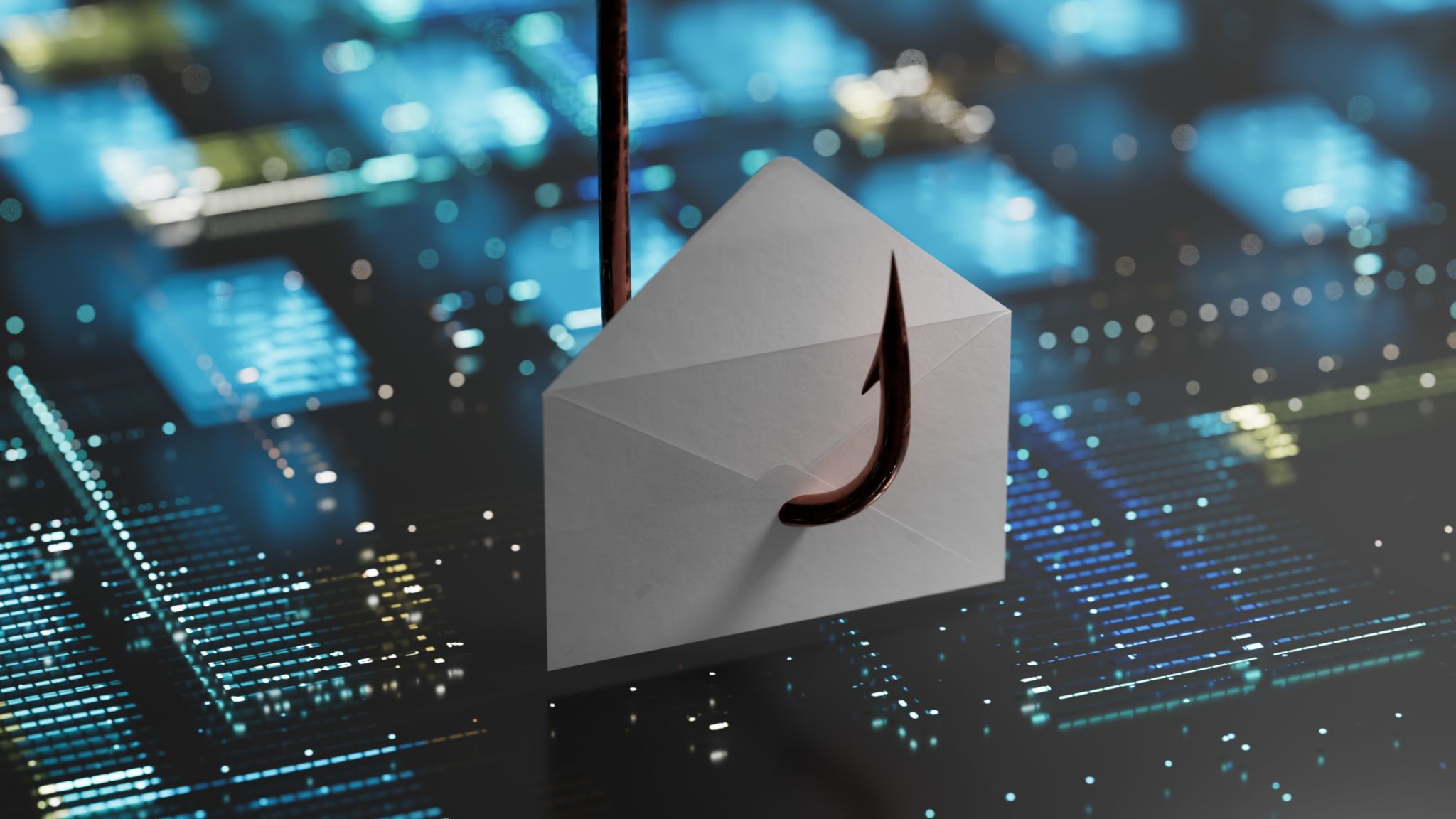Top Cyber Threats Facing Executives During Holiday Travel
Understanding the Cyber Threat Landscape for Executives
As the holiday season approaches, many executives take this time to relax and travel. However, holiday travel can expose them to unique cyber threats that could jeopardize their personal and professional information. Understanding these threats is crucial for maintaining security during this period.
Cybercriminals often take advantage of the increased travel activity, targeting mobile devices, laptops, and travel-related apps. Executives, with their access to sensitive corporate data, are particularly appealing targets. Being aware of these risks is the first step in mitigating them.

Threat #1: Unsecured Wi-Fi Networks
One of the most common threats during travel is the use of unsecured Wi-Fi networks. Airports, hotels, and cafes often offer free Wi-Fi, which can be a convenient way to stay connected. However, these networks are also a hotbed for hackers looking to intercept unencrypted data.
To protect against this threat, executives should use a Virtual Private Network (VPN) whenever connecting to public Wi-Fi. A VPN encrypts internet traffic, making it difficult for cybercriminals to access sensitive information.
Threat #2: Phishing Scams
Phishing scams remain a prevalent threat, especially during the holiday season. Cybercriminals craft emails that appear to be from legitimate travel agencies or airlines, tricking executives into clicking on malicious links or providing personal information.
Vigilance is key to avoiding phishing scams. Always verify the sender's email address and avoid clicking on links in unsolicited emails. It's also wise to type the URL directly into the browser instead of clicking on links.

Threat #3: Device Theft
Travel increases the risk of device theft, which can lead to unauthorized access to corporate data. Losing a smartphone or laptop can be disastrous if the device contains unencrypted sensitive information.
Executives should ensure that all devices are password-protected and equipped with remote wipe capabilities. This feature allows users to erase data remotely if a device is lost or stolen, preventing unauthorized access to critical information.
Threat #4: Malware Infections
Malware infections can occur through various channels such as malicious apps or compromised websites. Executives may inadvertently download malware while browsing or installing apps during their travels.
To counter this threat, it's important to keep all software updated and download apps only from trusted sources. Employing strong antivirus software can also provide an additional layer of protection against malware attacks.

Mitigating Cyber Threats During Holiday Travel
While these threats are concerning, executives can take proactive measures to protect themselves and their organizations. Here are some practical steps:
- Regularly back up important data before traveling.
- Avoid using public computers for accessing sensitive information.
- Use multi-factor authentication for an added layer of security.
By adopting these practices, executives can enjoy their holiday travels without compromising their cybersecurity. Staying informed and prepared is essential in navigating the digital landscape safely during this festive season.